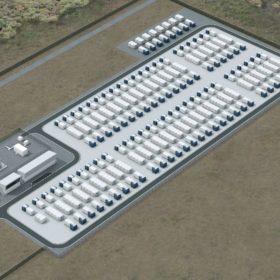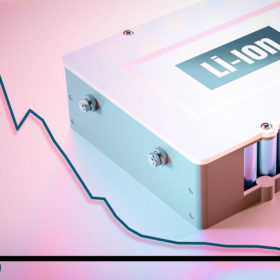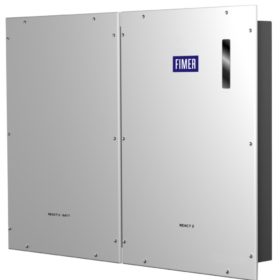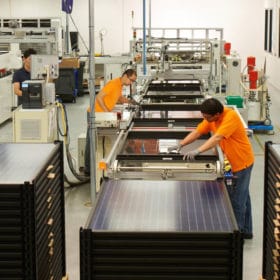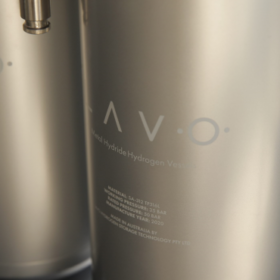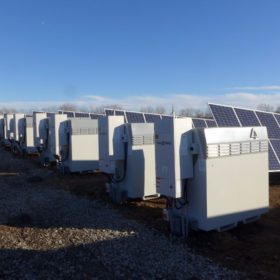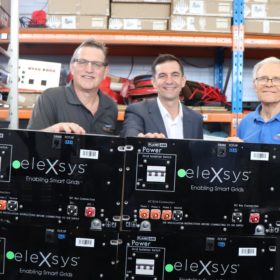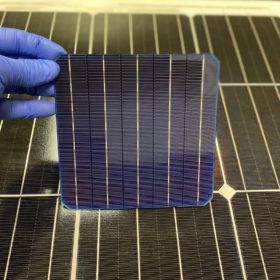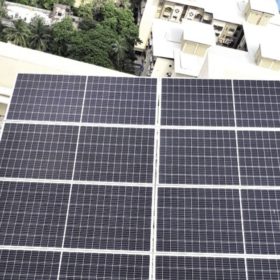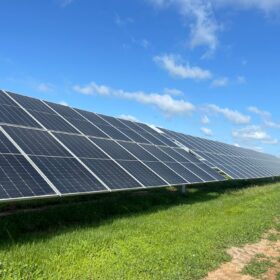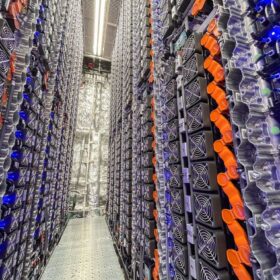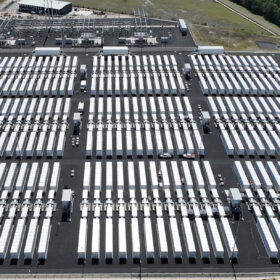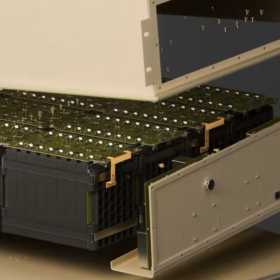Grid-forming big battery breaks ground in South Australia
AGL has “broken ground” at Torrens Island power station in preparation for the construction of its 250 MW/250 MWh battery which has drawn interest for being the largest planned grid-forming battery in the world.
Behind the price drops in lithium-ion batteries
Scientists in the United States pieced together data from hundreds of different sources, looking to establish the key factors that have led to consistently falling prices for lithium-ion technology since their commercialisation thirty years ago. They find that public-funded research, primarily in chemistry and materials science, has made the largest contribution to cost reduction. And they offer suggestions on policy and investment to ensure that the research can continue to make these important contributions to reduction in battery costs.
Consistency shines bright in battery storage testing
Independent battery performance and reliability tester ITP Renewables has been running its trial of solar storage batteries since 2016. Over the years one of the broad conclusions to be drawn is that home storage systems are by no means reliable across the board. However, some few systems stand out, including Fimer’s hybrid solar inverter and storage solution, the React 2.
Solar manufacturers respond to dire stock shortfalls
As Australia, like much of the world, battles shortfalls in supply with solar module prices rising and Chinese companies’ stocks decreasing, the country’s only manufacturer, Tindo Solar, has opted to release emergency stocks. Likewise, Chinese giant Longi is working to guarantee supply for Australia, saying its vertical integration has afforded it extra security.
Hyped hydrogen storage company opts to manufacture fuel cells near Brisbane
Queensland continues to attract massive hydrogen industry factories, with LAVO Hydrogen Technology today announcing it would establish a fuel cell manufacturing facility just south of Brisbane.
Queensland to build “common-user” vanadium processing plant
The Queensland government will put “at least” $10 million towards constructing a common-user facility to process vanadium from the state’s vast deposits, allowing multiple small mining operations to access the facility with the ambition of kickstarting downstream battery storage industries in the state.
‘Inexpensive line of supply no longer acceptable’: federal politicians move on consequential ban for solar industries
Members of both the upper and lower houses of Parliament are moving to ban the importation of goods made with forced labour by introducing a bill which, if passed, would have profound repercussions for Australia’s solar industry.
Queensland cleantech company wins grant to build manufacturing base in Australia
Brisbane’s eleXsys Energy has won a government grant which will allow the company behind Australia’s largest grid-connected microgrid to build its manufacturing base here in Australia.
Novel solar cell architecture to reduce silver costs, improve voltage
Developed by a U.S.-based start-up, the new manufacturing process is claimed to reduce silver consumption and improve solar module performance by up to 3 watts. It consists of connecting sub-cells in series within a single cell in order to increase the device voltage and without requiring cells to be physically broken and rewired.
Sunday read: Up to code for decarbonisation
The International Energy Agency predicts that India will record the world’s fastest growth in energy consumption from buildings through 2040. The energy demand could create a big market for solar installers and equipment providers, particularly in the commercial and industrial sector. While building codes now include provisions for renewable energy integration, effective implementation will be key to ensuring compliance, reports Uma Gupta.
